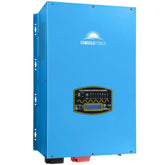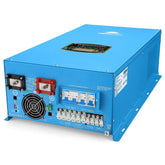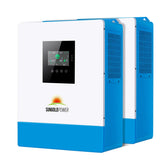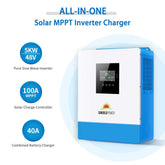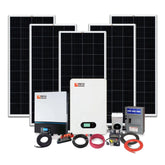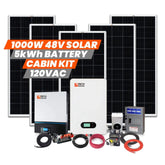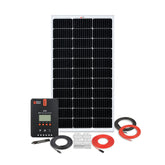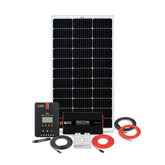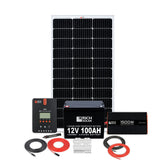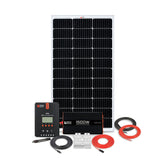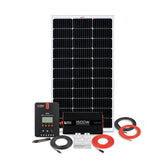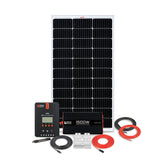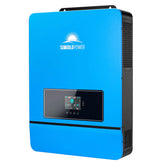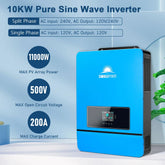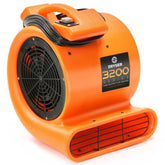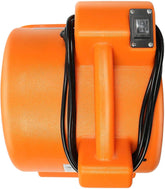Get In Touch +1 (888) 575-2099
Recently Viewed Products
Low/High Frequency - In-Hull Chirp Transducer without Connector
Rely on Airmar's new broadband transducers for your ultimate fishing mission. Whether you're a commercial fisherman, charter captain, or tournament angler, there's a new game in town! Chirp transducers enable bottom detection down to 3,000m (10,000') with 5 to 10 times greater detail and resolution so precise it_s possible to distinguish between individual baitfish, game fish, and underwater structures. One transducer delivers up to 112 kHz of total bandwidth in just one installation, saving customers time and money.
As the ELITE model in the Chirp In-Hull product line, the R599 LH Chirps across the following bandwidths:
LH Model - Low Frequency 28-60 kHz/High Frequency 130-210 kHz
Features
-
Low-CHIRPS from 28 kHz to 60 kHz 23° to 9° beamwidth
-
High-CHIRPS from 130 kHz to 210 kHz 8° to 4° beam width
-
112 kHz of total bandwidth from one transducer
-
Covers popular fishing frequencies of 28, 38, 50, and 200 kHz plus everything else in the bandwidth
-
Fishing Profile: Recreational and commercial inshore and offshore fishing (deep-water canyon and sea-mount tracking)
-
Epoxy transducer housing
-
Hull Type: Solid fiberglass only
Specification
| Mounting | Thru-Hull |
|---|---|
| Frequency Range | Low - 28-60 kHz, High - 130-210 kHz |
| Beam Width | varies depending on frequency |
| Mounting | In-Hull |
| Connection | Bare Wire |
What Our Experts Think
- High-Performance CHIRP Technology: Provides superior signal clarity and resolution, ensuring accurate depth readings and fish targets.
- Dual-Frequency Operation: Offers both low and high frequencies for versatile applications in various water depths and conditions.
- In-Hull Design: Perfect for boats with limited mounting space, allowing installation without cutting the hull, preserving the integrity of your vessel.
- Durable Build: Constructed with high-quality materials to withstand harsh marine environments, ensuring long-lasting reliability.
- Easy to Integrate: Compatible with a range of sonar systems, making it a flexible addition to your marine electronics setup.
Q&A
Q: What frequencies does the Airmar 599 transducer support?
A: The Airmar 599 supports both low and high CHIRP frequencies for versatile sonar performance.
Q: Is the Airmar 599 suitable for in-hull installation?
A: Yes, it is designed for in-hull installation, ideal for boats with limited mounting space.
Q: Will this transducer work with my sonar system?
A: The Airmar 599 is compatible with a variety of sonar systems, providing flexible integration.
Q: How durable is this transducer?
A: Built with high-quality materials, the Airmar 599 is designed to withstand harsh marine conditions for long-term reliability.
Q: Does the Airmar 599 require a connector?
A: No, the Airmar 599 does not come with a connector, offering flexibility in customization.
Maintenance Tips
- Regular Cleaning: Rinse with fresh water after each use to remove salt, dirt, and debris.
- Inspect for Damage: Check the transducer for cracks or wear to ensure optimal performance.
- Avoid Harsh Chemicals: Clean with mild soap and water; avoid using harsh solvents.
- Monitor Cable Connections: Ensure cables are securely connected and free of corrosion.
- Store Properly: When not in use, store the transducer in a dry, cool place to prevent damage from environmental factors.
Related Products
- Choosing a selection results in a full page refresh.



































